Plastic Injection Molding Key Considerations
Description
Materials play a significant role in injection molding. A skilled injection molding provider can help you choose a thermoplastic that fits your budget and performance requirements. Because molders often get discounts on the large quantities of thermoplastic grades they purchase, they can pass on those savings to you.
Tolerance Variations
Every product made through injection molding should have specific tolerances to fit their intended application. Certain materials may be difficult to mold or hold to required tolerances, and the design of the tooling can also affect the final part’s tolerance. Always discuss with your injection molder the acceptance tolerance range for specific products.
Barrel and Nozzle Temperatures
Molders must maintain specific barrel and nozzle temperatures in injection molding because they affect the ability of the resin to flow throughout the mold. Barrel and nozzle temperatures must be precisely set between thermo-decomposition and melting temperatures. Otherwise, it may result in overflow, flash, slow flow, or unfilled parts.
Part Design: The design of the plastic part is crucial in injection molding. It should be optimized for manufacturability, taking into account factors such as draft angles, wall thickness, undercuts, and parting line location. Proper part design minimizes the risk of defects, improves mold filling, and facilitates easy ejection.
Material Selection: Choosing the right plastic material is essential for achieving the desired properties and performance of the final part. Factors to consider include mechanical strength, chemical resistance, temperature resistance, and desired appearance. Material selection also affects mold design, processing parameters, and part cost.
Mold Design: The mold design should be carefully planned to ensure accurate replication of the part’s geometry. Considerations include gate design and location, cooling system design, ejection system, and venting. Proper mold design optimizes part quality, cycle time, and overall production efficiency.
Mold Construction and Tooling: The construction of the injection mold is critical for long-term performance and durability. High-quality tooling materials should be used, and the mold should be precisely machined to ensure accurate dimensions and smooth surface finish. Proper maintenance and care of the mold are also important to prolong its lifespan.
Injection Molding Machine and Process Parameters: Selecting the appropriate injection molding machine is vital to meet the production requirements. Factors such as clamping force, shot size, and injection pressure should be considered. Process parameters, including injection speed, cooling time, and melt temperature, need to be optimized for each specific part and material.
Quality Control: Implementing robust quality control measures throughout the injection molding process is crucial. This includes regular inspections, dimensional checks, and testing to ensure that the parts meet the specified requirements. Quality control helps identify and address any defects or deviations early on, reducing waste and ensuring consistent part quality.
Read more: https://www.djmolding.com/plastic-injection-molding-key-considerations/








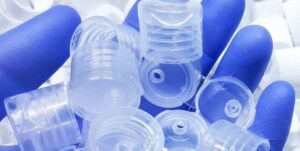

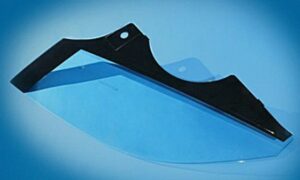
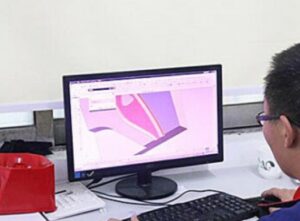
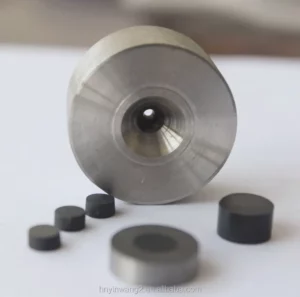
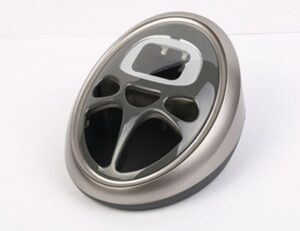



There are no reviews yet.